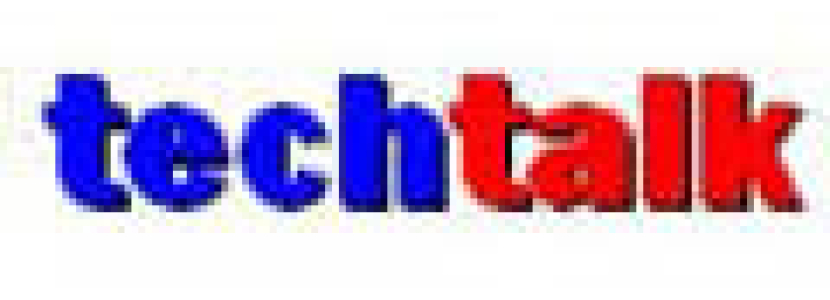
A new category of computers, wearable computers, are miniature electronic devices that are worn under, with or on top of clothing… and they may be coming to an event near you!
Technology has developed in ten-year cycles: 1960s: mainframe computing, 1970s: mini-computing, 1980s: personal computing, 1990s: desktop internet computing, 2000s: mobile internet computing. This decade may turn out to be the decade of wearable/everywhere computing. Computers are popping up in our cars, our home appliances, and soon on our bodies. Most of us are already carrying around powerful computers in our pockets (smart phones), but this is just the first step.
Google Glass, smart watches, NFC rings, smart bracelets, and smart clothing are just some of the options becoming available. This will impact events and tradeshows in the next few years as attendees literally embody these devices to assist them at events.
Consider the possibilities as these technologies evolve:
Google Glass is a wearable computer with an optical head-mounted display. Light (about 1/10 of a pound) and sleek, it is worn like glasses and will become available to the public this coming year. The extremely small display, through very clever optics, appears like a 20 inch screen floating about 6 feet away. Sound is provided through bone conduction, so no ear phones are needed. It is essentially a voice and touch activated multi-media computer, GPS system, still camera, video camera, and like much more as developers continue to evolve it.
Here are some of the future possibilities for GoogleGlass for events:
- Step-by-step navigation throughout a meeting venue or an exhibit hall with visual and/or audio directions.
- Real-time video conferencing.
- Note taking (video with sound and still picture recording on voice or touch demand).
- Displaying speaker presentation notes and slides.
- Networking facilitation through taking a picture of who you meet or face recognition reminders the next time you meet them.
- Gaming applications.
- Mini-teleprompters for speakers.
- Sight inspection facilitation to easily record meeting spaces.
- Social media interaction using video, geo-location and networking apps.
For those that may think wearing a computer on your face is too geeky, no matter how sleek it may be, smart watches and bracelets also hold promise. Today, most smart watches are smart phone interfaces, and most smart bracelets/bands such as Jawbone or Fitbit are activity trackers. However, as computer processors continue to get smaller, cheaper and more powerful, these devices have the potential to have a big impact on events.
Some future options include:
- Instant business contact exchange (just tap your watches, band or NFC ring together).
- Continuing education tracking (just tap your watch, band or ring to a tag outside the room).
- Information collection at exhibit booths.
- Course notes distribution.
- Navigational assistance (indoor GPS on your watch).
- Networking (your watch or band will light up or vibrate when people of like interest come into range).
- Appointment reminder notices.
- Photos and video of event activities and education.
- Note taking.
- Although still in its infancy, the rapid rate of development holds the promise to make wearable computers indispensable personal assistants in multiple ways as people navigate and make the most of attending events.
Corbin Ball, CMP, CSP, is a speaker and independent third-party consultant focusing on meetings technology. With 20 years of experience running international citywide technology meetings, he now helps clients worldwide use technology to save time and improve productivity He can be contacted at his extensive meetings technology web site: www.corbinball.com and followed at www.twitter.com/corbinball.




